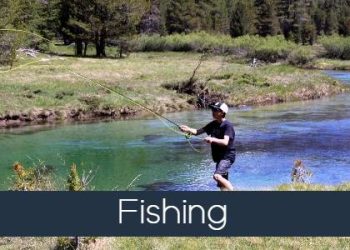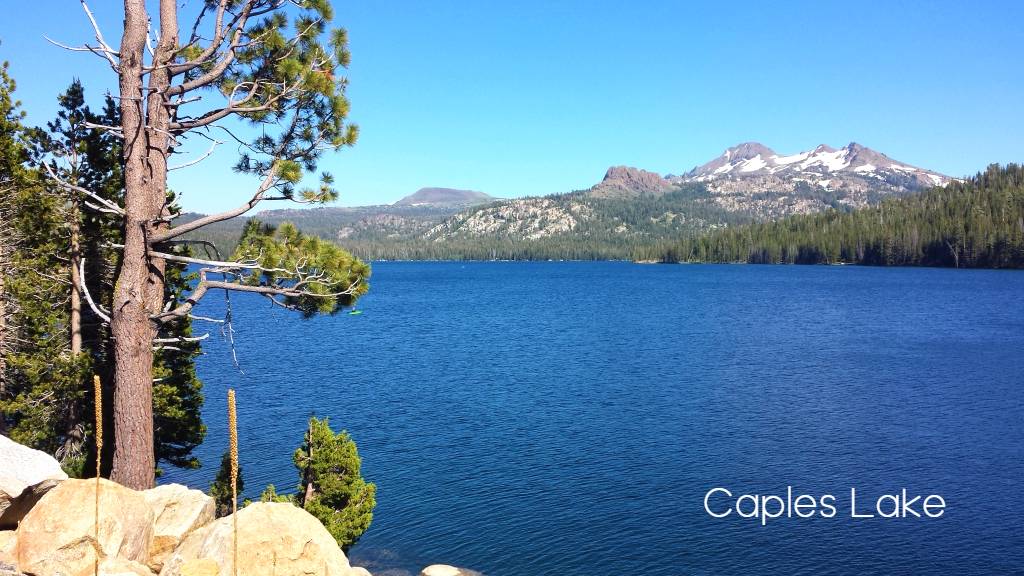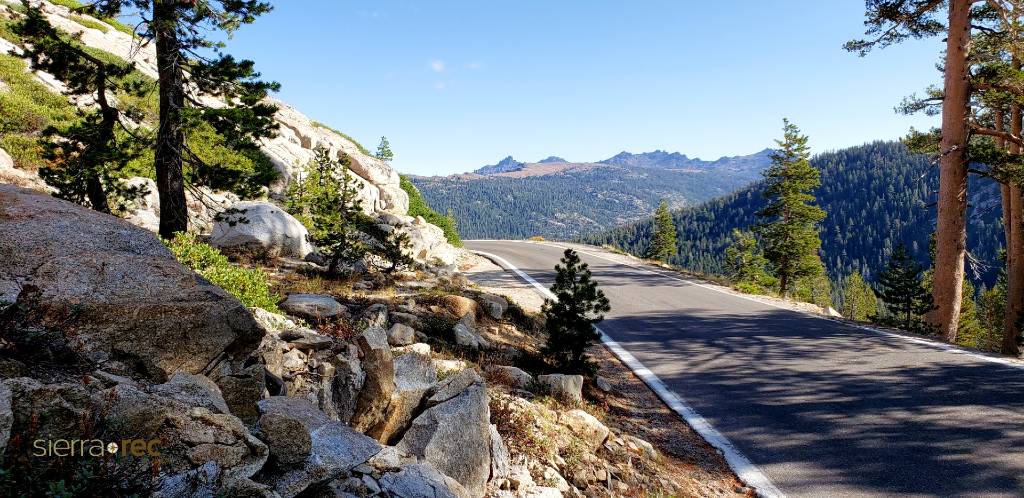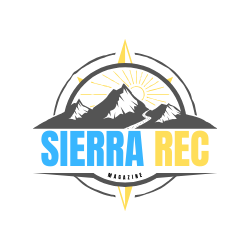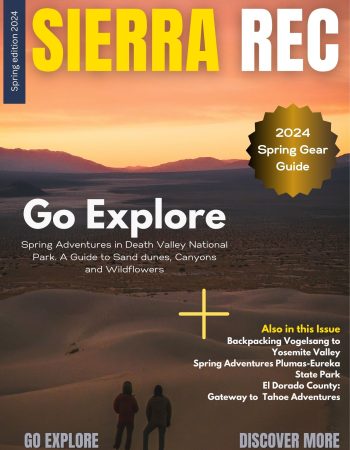Boat Fishing, Shoreline Fishing, Back Country Fishing or Tournament Fishing
No matter what type of fishing you enjoy most, the Sierra Nevada has you covered with options.
Types of Fish caught in the Sierra Nevada
- Golden Trout
- Rainbow Trout
- Brooke Trout
- Brown Trout
- Cutthroat Trout
- Lahontan cutthroat trout
- Kokanee Salmon (Lake Tahoe)
- Lake Mackinaw (Lake Tahoe)
“Among the many un-looked-for treasures that are bound up and hidden away in the depths of Sierra solitudes, none more surely charm and surprise all kinds of travelers than the glacial lakes. The forests and the glaciers and the snowy fountains advertise their wealth in a more or less telling manner even in the distance, but nothing is seen of the lakes until we have climbed above them. All the upper branches of the rivers are fairly laden with lakes, like orchard trees with fruit.” -John Muir
There are roughly 1,000 named glacial lakes in the Sierra Nevada. Many others are identified by their elevation, and countless have no names at all. Fishing is not viable in all mountain lakes, but many have planted stocks of fish from years of mountaineering work done by early explorers.
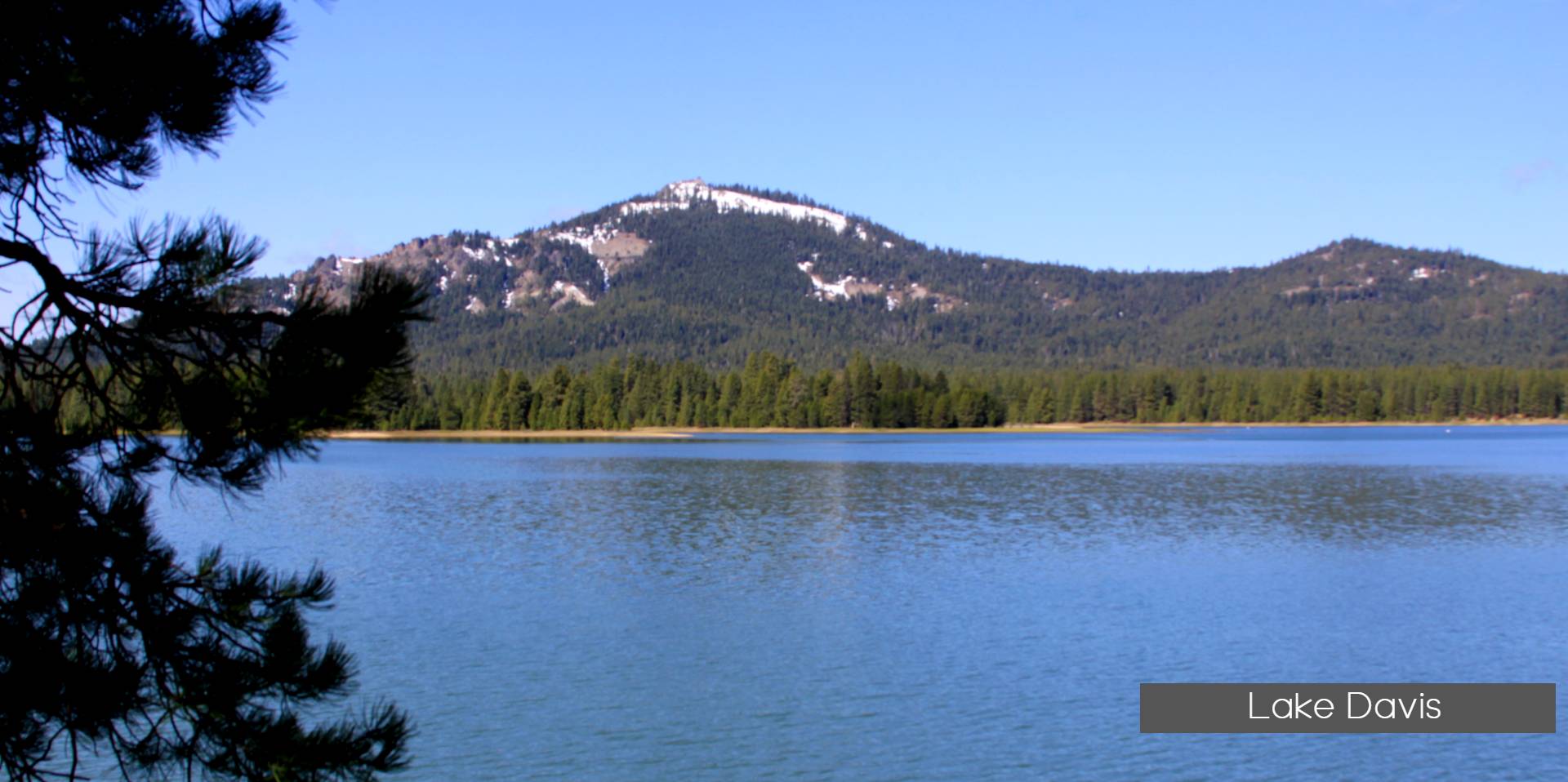
Popular Fishing Destinations
Popular Fishing Destinations are regularly stocked Lakes around the sierra. Often these locations have boat and shoreline access, plus many provide fishing tournament opportunities through out the year.
Top Fishing Destinations:
- June Lake Loop
- Lake Davis and Frenchman’s Lake
- Lake Tahoe
- Crowley Lake
- Convict Lake
- Caples Lake
- Reds Lake
- Topaz Lake
- Silver Lake
- Kinney reservoir
- Heenan Lake
- Blue Lakes
- Mosquito Lakes
- Virginia Lakes
- Loon Lake
- Utica Reservoir
- Twin Lakes
- Bridgeport Reservoir
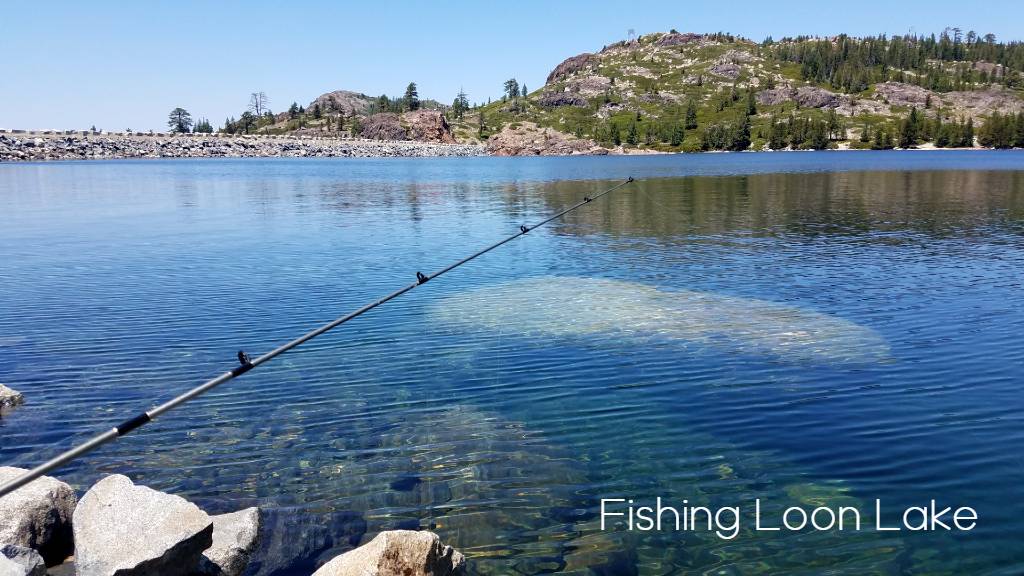
Rivers, Streams and Watershed Regions
The Sierra Nevada Watersheds are teaming with life. Backcountry fisherman can follow streams up numerous canyons to find glacial lakes, crystal clear cascades of water teaming with fish.
Recent regulations have started to clean fish out of some backcountry locations to restore lake sto natureal order for species such as the Yellow Legged Frog. there is still plenty of fishing in the backcountry, but knowing before you go if a lake or water shed has been purged of fish is recommended.
General Information: The Sierra Nevada mountain range stretches 360 miles along the
eastern side of California. The Eastern Sierra is easily accessed from U.S. Highway 395 throughout its entire length. Generally, the boundaries of the high mountain lakes covered in this guide are State Highway 108 (Sonora Pass Road) to the North and the streams draining Horseshoe Meadow on the Northeastern edge of the Golden Trout Wilderness to the South. The Eastern extent of the guide is generally the Inyo and Toiyabe National Forest Wilderness Boundary while the Western Boundary generally follows the crest of the Sierra, with the West-slope headwater basins of French Canyon, Humphreys Basin, Mono Creek, Fish Creek and Middle Fork of the San Joaquin River also included.
The lakes and streams described lie in the upper montane, subalpine and alpine life zones, between 6,000 and 13,000 feet elevations.
Most of the lakes lie within Forest Service lands managed as Wilderness and thus usually require backcountry permits for overnight use. Camping and/or fire restrictions vary with elevation and season and can be site specific. This information is provided by the Forest Service when permits are issued. Areas of high, moderate and low use exist within the wilderness and permits are issued based on quotas.
This means some advance planning may be required to acquire a permit for a specific area (see references to Forest Service permit offices below). As always a Leave No Trace wilderness ethic is encouraged.
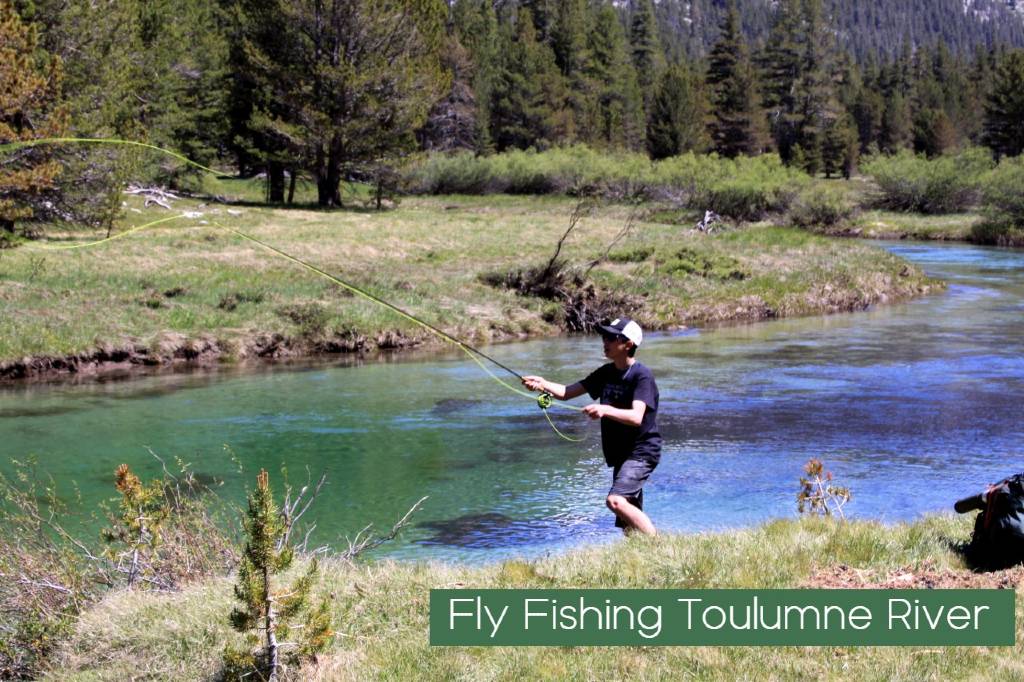
The high elevation aquatic ecosystems of the Sierra, and the organisms within them, evolved and developed largely in the absence of fish. Whether you’ve come here to fish or not, you may not be aware that nearly all of the lakes above 6,000 feet in this region were originally fishless, dominated instead by amphibians, insects and other aquatic invertebrates. Many have been stocked with trout for more than 100 years. Sheep herders, miners and other Euro-American settlers who moved westward in the mid-1800s were California’s first fish stockers. They moved native trout, which they used as a food source, into fishless drainages and areas upstream of waterfalls (natural barriers to fish movement).
Beginning in the 1860s, sportsmen’s groups, the Sierra Club, the U.S. Army, the California Fish Commission and individual outdoorsmen introduced trout into fishless streams and lakes throughout the Sierra Nevada to increase recreational fishing opportunities. Brook, golden, and rainbow trout are the most common species in high Sierra lakes, while brown, cutthroat and lake trout were planted in fewer lakes. Today fingerling trout are stocked in lakes where they can survive and grow to a catchable size. While stocking has increased recreational fishing opportunities, recent studies indicate that it has also had a negative effect on species native to Sierra lakes and streams.
Latest Fishing News
Sierra Pines Resort Renews Family Tradition with Seasonal Rainbow Trout
SIERRA CITY, CA (May 10, 2024) – Brace yourselves, anglers! Sierra Pines Resort in historic Sierra City, California, is raising...
Cast a Line for Free! California’s Free Fishing Days in 2024
Calling all outdoor enthusiasts and curious minds! The California Department of Fish and Wildlife (CDFW) has announced their exciting Free...
Sierra Spring Fever: It’s Almost Trout Time!
Ah, April in the Sierras. The air is crisp, the wildflowers are starting to peek, and a familiar itch takes...
Spring Fishing in Plumas County
Plumas County Fishin': A Local's Guide to Reel Fun! How about a fishing trip where the scenery is breathtaking, the...
Orvis Releases New Helios Fly Rod
The fly-fishing pioneer and purpose-led outdoor retailer launches the 4th generation HeliosTM, a rod four times more accurate than its...
Free Fishing Day in California Saturday
California - June 30, 2023 - AS you head into your Fourth of July weekend this summer dont forget to...
Caples Lake Boat Launch Opens After Extended Winter Closure
EID's Highway 88/Project 184 recreation facilities update: Caples Lake boat launch and auxiliary dam now OPEN. Silver Lake boat launch,...
NADEAU CAPITALIZES ON BED FISH TO WIN APEX PRO TOUR ON LAKE ALMANOR
Winner of Apex Pro Bass Tour in Lake Almanor Comes From Outside the Top five on Day 3 for the...
Sonora Pass: The Ultimate Day Trip Fishing Experience by Braden Hudnall
Braden Hudnall Shares His Latest Adventure In the Sierra - Sonora Pass Sierra Rec Magazine~ Guest Post ~ July 2017...
Read moreSierra Pines Resort Renews Family Tradition with Seasonal Rainbow Trout
SIERRA CITY, CA (May 10, 2024) – Brace yourselves, anglers! Sierra Pines Resort in historic Sierra City, California, is raising...
Read moreUnveiling the Magic of Yosemite Backpacking with Lasting Adventures
The call of the wild beckons, and Yosemite National Park stands as a crown jewel for backpackers. To help you...
Read moreEbbetts Pass: Almost There, Sierra Adventurers!
Hey Sierra adventurers, get ready to dust off your hiking boots and fire up the motorcycles! Ebbetts Pass is inching...
Read moreRelated Articles
- Sierra Rec Now – Valentines in the Mountains – Episode 7
- Fischer Announces new Freestyle ski — Nightstick
- Alpacka Raft Releases Three New Models for 2024
- 33rd Annual Rocky Mountain Oyster Fry returns on Saturday, March 16
- Backpack Through The Wildest Corners Of The Sierra Nevada.
- Experience The Thrill Of Tubing At Woolly’s Tube Park In Mammoth Mountain, California
- A Valentines Treat at Virginia City’s Piper House
- Tahoe Regional Planning Agency Honored with Rosa Parks Award



